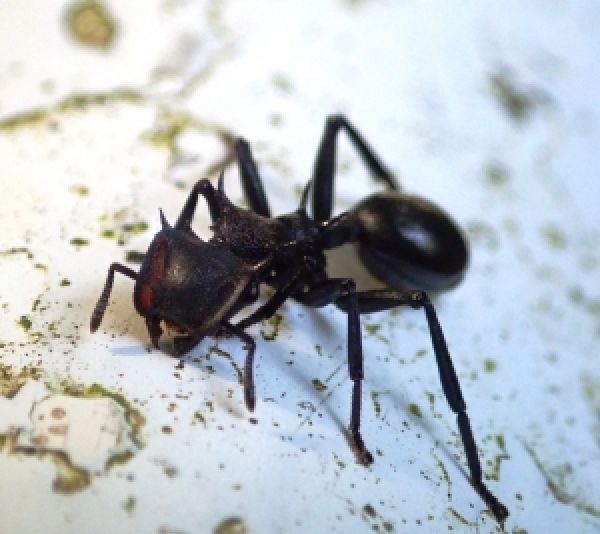Many of us are used to encountering ants scampering across a sidewalk, a trail path or even in our kitchen floor. But in many parts of the world, like the tropical regions of Central America, ants live their lives up in trees and utilize adhesive pads and claws to scurry from their colonies to tree limbs, branches and leaves in search of food. While foraging for food, wingless worker ants encounter significant environmental challenges like rain and wind. Villanova University biology assistant professor, Alyssa Stark, PhD, set out to find how ants adhere to surfaces under different conditions.
Stark and her research colleague, Stephen Yanoviak, PhD, from the University of Louisville, studied adhesive performance of one species of tropical canopy ant in Panama when sticking to glass, plastic and wood substrates under dry and wet conditions, replicating the highly variable conditions of the tropical canopy.
To measure the effectiveness of the adhesive pads, Stark tied a string to the ants and determined the amount of force required to either pull an ant off, or slide an ant along each substrate. The research team also looked at how running speed was impacted under wet conditions.
Continue reading at Villanova University.
Image via Villanova University.


